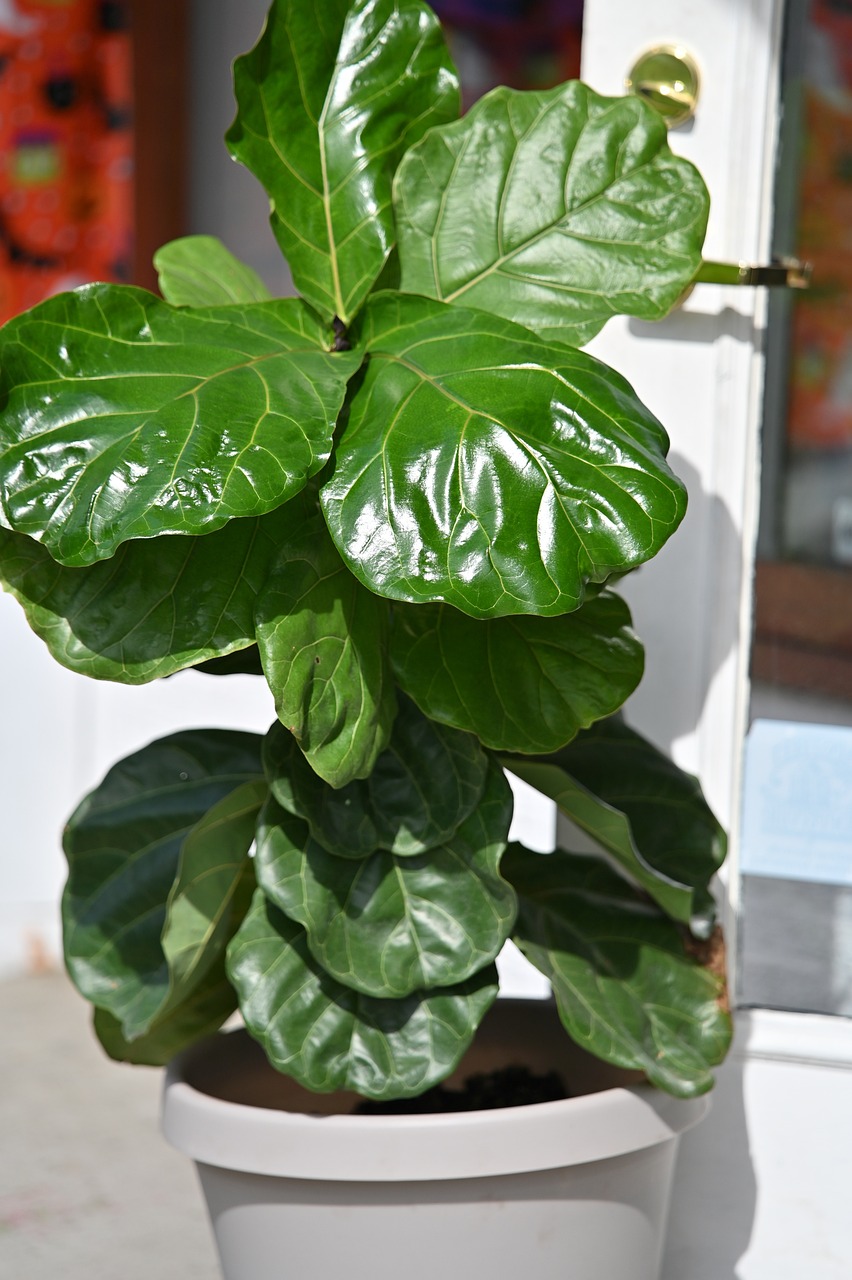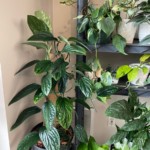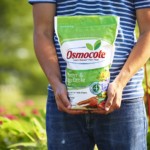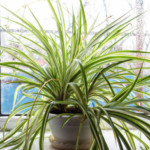Fiddle Leaf Figs, scientifically known as Ficus lyrata, are renowned for their lush foliage and striking appearance. Propagating these elegant plants can be a rewarding venture for both beginners and seasoned plant enthusiasts. In this comprehensive guide, we’ll delve into the art of propagating Fiddle Leaf Figs, sharing expert tips and techniques to ensure success.
Understanding Fiddle Leaf Fig Propagation
Propagation Methods: There are several methods to propagate Fiddle Leaf Figs, each with its own set of advantages. We recommend focusing on two primary techniques: stem cutting propagation and air layering.
Stem Cutting Propagation
Step 1: Choose the Right Stem: Select a healthy stem with at least two leaves. Ensure the stem is free from diseases or pests for optimal results.
Step 2: Cut with Precision: Using a sharp, sterile blade, make a clean cut just below a leaf node. This node is crucial as it encourages root development.
Step 3: Remove Excess Leaves: Trim excess leaves, leaving only a couple at the top. This reduces stress on the cutting and directs energy towards root formation.
Step 4: Rooting Medium: Place the cutting in a well-draining rooting medium, such as a mix of perlite and peat moss. Keep the soil consistently moist but not waterlogged.
Step 5: Provide Adequate Light: Place the cutting in a bright, indirect light location. Avoid direct sunlight, as it can hinder root development.
Air Layering
Step 1: Select a Branch: Identify a healthy, mature branch for air layering. This method is ideal for larger plants with established branches.
Step 2: Make an Incision: Create a small incision in the middle of the branch, ensuring it penetrates the outer layer of the stem.
Step 3: Apply Rooting Hormone: Coat the incision with a high-quality rooting hormone to stimulate root growth.
Step 4: Wrap with Moist Moss: Wrap the incised area with moist sphagnum moss, securing it with plastic wrap. This creates a conducive environment for root development.
Step 5: Wait Patiently: Monitor the moss for root formation, which usually takes several weeks. Once roots are established, carefully cut the branch below the moss and plant it in a suitable pot.
Ideal Conditions for Fiddle Leaf Fig Propagation
Temperature and Humidity: Maintain a warm and humid environment during the propagation process. Fiddle Leaf Figs thrive in temperatures between 70-75°F (21-24°C) and humidity levels around 50-60%.
Watering and Feeding: Consistently moist soil is crucial for successful propagation. Water the cuttings sparingly to avoid waterlogged conditions. Additionally, provide a diluted, balanced liquid fertilizer every four weeks during the growing season.
Troubleshooting Common Issues
Yellowing Leaves
Yellowing leaves may indicate overwatering or poor drainage. Adjust the watering frequency and ensure the soil has proper drainage.
Stunted Growth
If your propagated Fiddle Leaf Fig shows signs of stunted growth, consider adjusting the light conditions. Ensure the plant receives bright, indirect light to promote healthy development.
Root Rot
Root rot can occur if the soil remains excessively wet. Allow the topsoil to dry out between watering to prevent this common issue.
Frequently Asked Questions (FAQs)
Q1: Can I propagate a Fiddle Leaf Fig from a single leaf? A1: While it’s possible to propagate from a single leaf, the success rate is higher when using a stem with at least two leaves.
Q2: How often should I water my propagated Fiddle Leaf Fig? A2: Water sparingly, allowing the topsoil to dry out between waterings. Overwatering can lead to root rot.
Q3: What is the best time of year to propagate a Fiddle Leaf Fig? A3: Spring and early summer are optimal times for propagation when the plant is in its active growing phase.
Q4: Can I use tap water for watering my Fiddle Leaf Fig? A4: It’s recommended to use filtered or distilled water to prevent the build-up of minerals that can harm the plant.
Conclusion
Successfully propagating Fiddle Leaf Figs is a gratifying experience that allows you to expand your indoor garden with these iconic plants. Whether you opt for stem cutting propagation or air layering, following these expert tips will increase your chances of success. Remember to maintain optimal environmental conditions and address any issues promptly for thriving, happy Fiddle Leaf Figs in your home.






